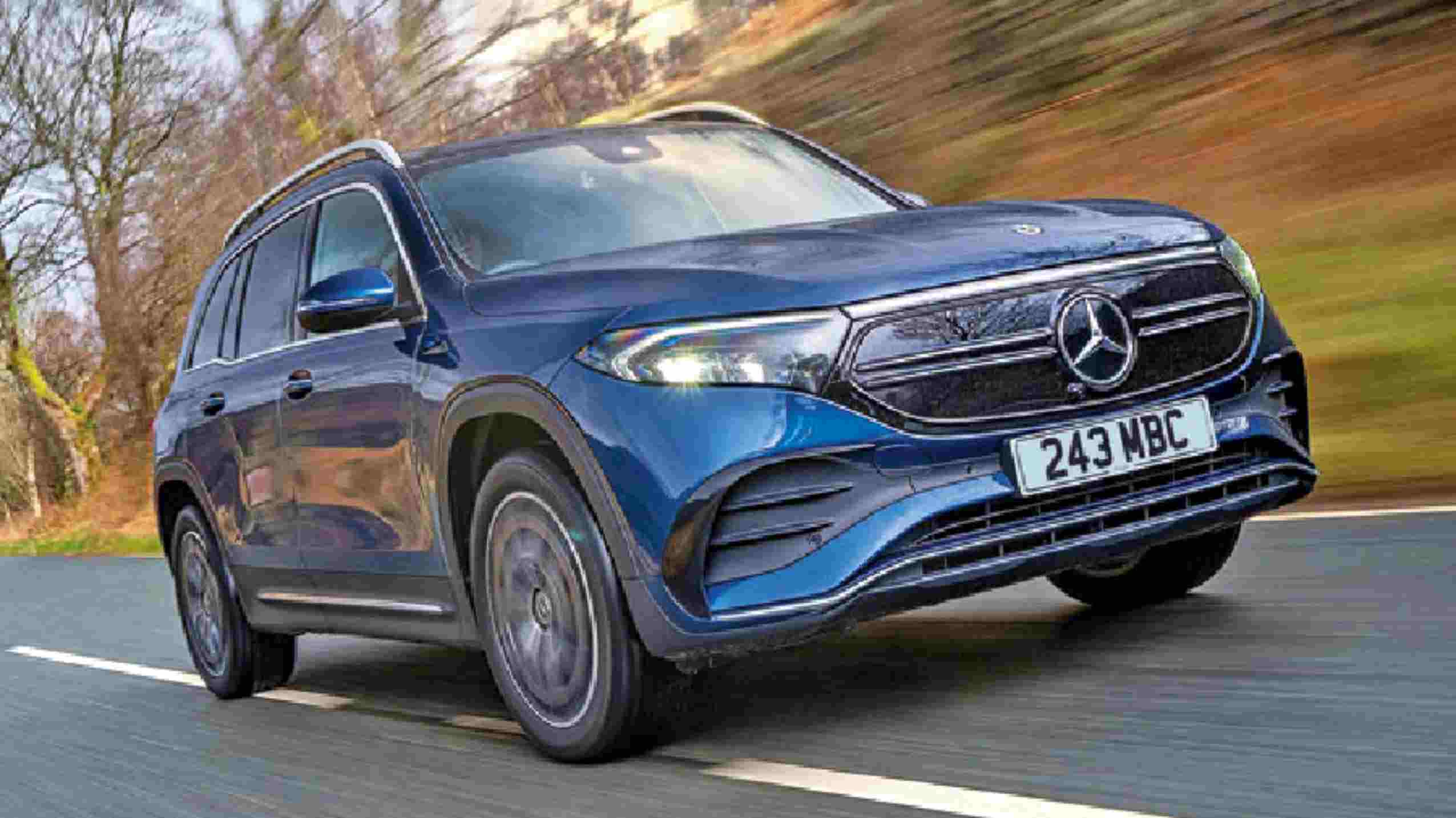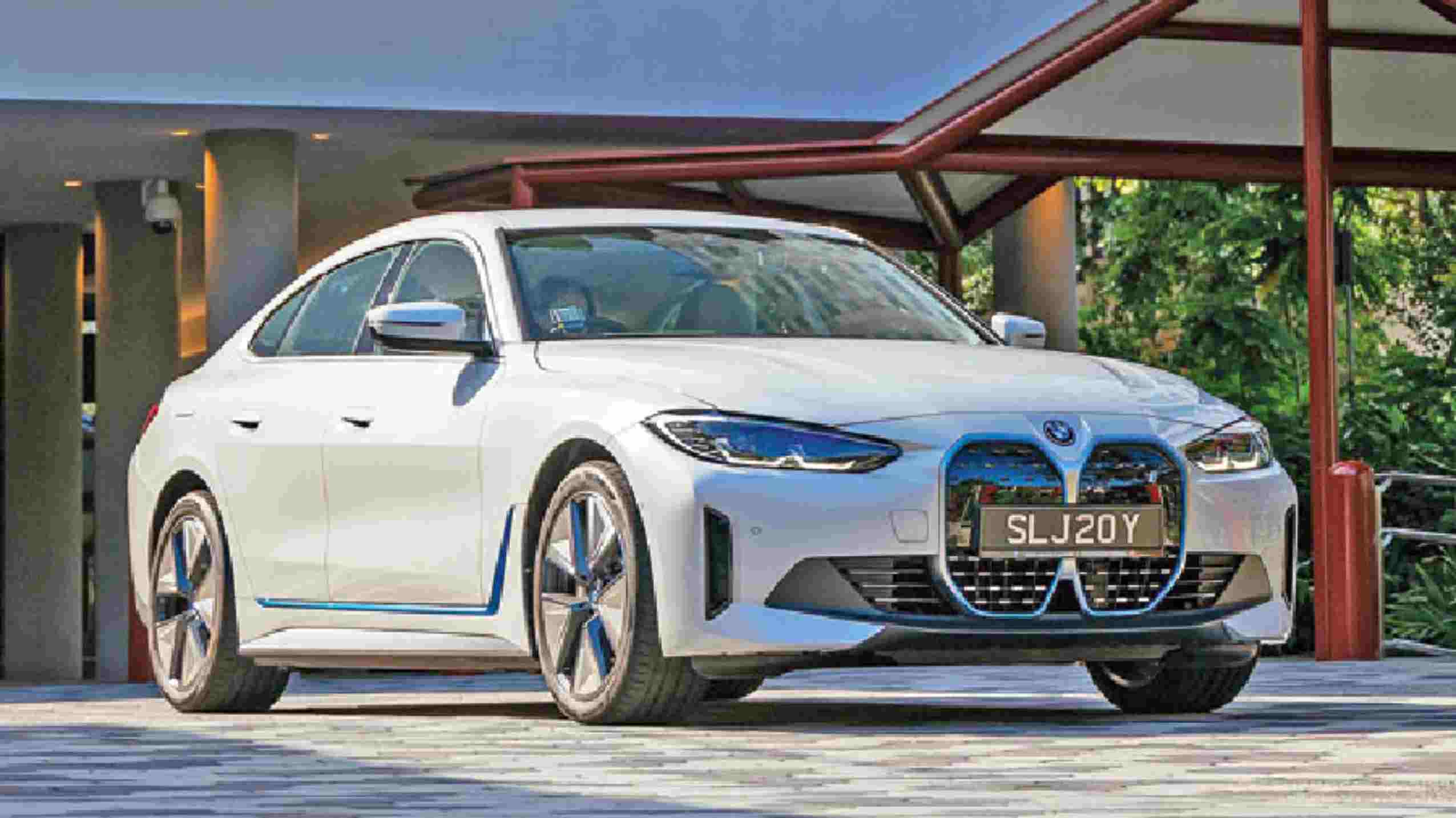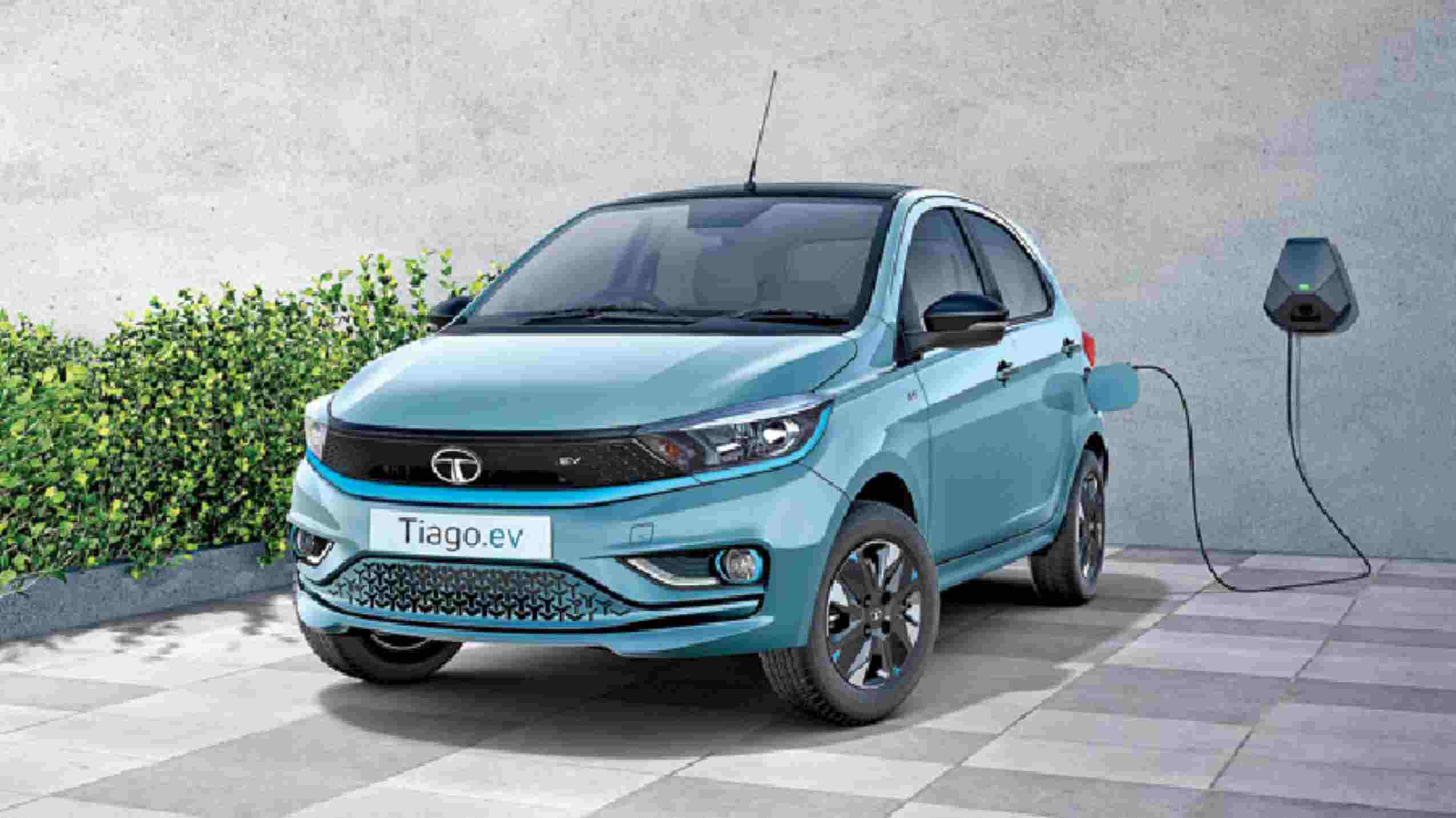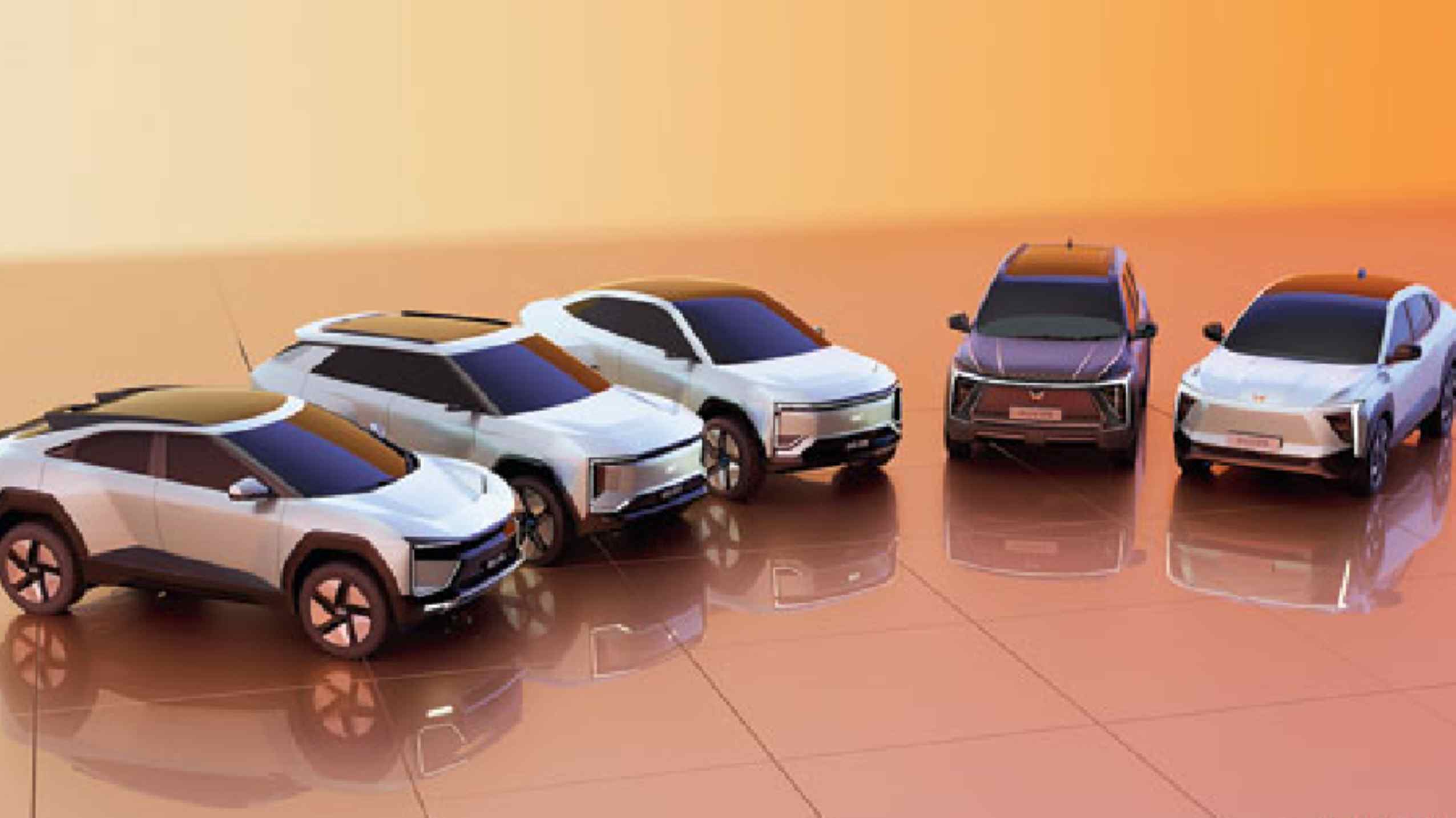A couple of days ago, a new company called PMV Electric based in Mumbai unveiled an electric microcar, the EaS-E (Ecofriendly And Sustainable-Electric). The car is a tandem two-seater and can in addition accommodate a child. The company is offering this vehicle at a price of Rs 4.79 lakh at the showroom for its first 10,000 vehicles and claims to have already racked up 6,000 of those even before there was an official unveiling. “PMV Electric Private Limited is a young personal mobility electric vehicle start-up, looking to revolutionise the world of everyday mobility with its right size electric car purpose built for everyday use.” The vehicle has a top speed of about 70kmph and with its nifty dimensions should be good for negotiating city traffic.
At the other end of the spectrum, about a month and a half ago, on September 30, Mercedes-Benz India rolled out the Made in India EQS 580 4MATIC luxury sedan at a price at the showroom of Rs 1.55 crore. Their order books also seem to be filling up fast. The EQS was the second electric model the company introduced this year after the EQC earlier and will soon follow it up with the EQB seven-seater.

Mercedes-Benz EQB
Between these two extremes there has been a fair bit of action too. During this year so far, there have been about 10 electric vehicle rollouts, a couple of them facelifts, mostly in the luxury and premium segments of the market. But lower down the order there has been action from the Tata Group, which is the clear market leader in EVs by a country mile at the moment.
What was being perceived as vehicles of the future for a while now is suddenly the current thing.So much so, that the average car buyer is at least asking whether his next purchase should be an electric although he may not be feeling confident enough about going for it just yet. In other words, the writing on the wall is quite clear — that the days of the hydrocarbon-burning, smoke emitting car are over. Question is when does one take the plunge? Has the inflexion point of the market arrived, or is it still some distance away?

BMW i4
Take the purchase price out of the equation and the case for electrics is compelling. Cost per kilometre works out to a little over Re 1 for an average sedan compared with a minimum of Rs 6 (in the real world) for a petrol car and about Rs 5 for a diesel. The diffidence, however, is because of a lack of clarity on a number of issues that have not been sufficiently well cleared up.
First, of course is the charging part. For those who do not have a dedicated parking spot or cannot install a charger there, trying to charge the car at a public charger if one can find it can be a dealbreaker. However, now companies already in the electricity supply business like Tata Power, as well as those in the fuel dispensing business, like Reliance Industries company Jio-BP have jumped into the fray sensing the shift and that should put the fear of getting stranded to rest.

Tata Tiago EV
The second is the range. With most people using cars for urban commutes and most cars having a range of 200km or more, that isn’t that big a worry any longer. However, the fact that the only way to get a car home should the charge die is on a flat-bed truck is still something people are trying to wrap their heads around.
The third is the resale value. People are still not sure that the car will “hold value” as they say and they will not be able to sell it. It might be alright to do that with mobile phones, but cars are still something many — illogically — consider some sort of asset, albeit a depreciating one. What is to be done if the car is still fine but the battery needs replacement? After all, even today, the battery costs 40 per cent to 50 per cent of the price of the car. So, in absence of clear answers here, many are choosing to withhold their purchase.

PMV EaS-E
Electric vehicles make strong purchase cases for themselves as well. Which is also a reason for the quandary. Anyone who has ever driven an electric vehicle in stop-go city crawls will rarely want to go back to a petrol or diesel for driving in similar conditions. Electrics come with huge gobs of low end torque from standstill — no revving required to hit the power band — which makes it very easy to drive and takes most of the stress out of this activity. Not only that, every EV has a regeneration mode and most of the current crop of vehicles allow the driver to choose which level they want the regeneration to be in. In most cases, at the top level of regen, one does not even have to use the brakes.Just step off the accelerator and regen takes over the task of slowing the vehicle down. In some cars it will bring the car to a total stop. In others it will be slowed down to a crawl. Often the brake pedal is also like a toggle that holds the car in position once pressed hard and released — till the accelerator is pressed again.
Couple that low-stress situation with lack of noise or vibration from the engine and in an EV becomes a very peaceful place to be. Levels of refinement that one could only expect from V8 engines or those with more cylinders have suddenly come into purchase range for many. This is quite delightful.
Also available is performance. Average electric cars that one would take grocery shopping give acceleration times and zero-to-sixty numbers that would put big engined gas guzzlers to shame. Suddenly we are talking of nought to sixty in under four seconds as if that is to be expected when one would need to go past half a crore rupees for that kind of performance from internal combustion engine cars. Lump that with the fact that most electric cars have the array of batteries below the floor lowering the centre of gravity and you throw good handling into the mix. All the things that one lusted after in petrols and diesels is suddenly there for the taking. Ride quality and stability is also usually good, but there is some variance among automakers on this front.

Mahindra’s upcoming SUVs
With fewer moving parts than the IC engine and mostly no oil or grease necessary, there is hardly any servicing needed except to top up some fluids while the engine oil and gear oil are missing. One would not need a gearbox to dial up the torque if there is so much of it anyway. So most EVs do away with any sort of gearbox. And most are direct drive. That would also explain the absence of any manual or automated clutching system. Again fewer moving parts. There’s not a great deal that can go wrong with an EV drive train.
For the environmentally conscious there is a bit of a quandary. While no tailpipe would imply no emission, that would only be true if the electricity used is sustainably generated from hydroelectric or wind power. Else there is a pollution issue to be factored in. This month, Tata Motors rolled out its 50,000th EV. And others are in the fray as well. So, the EV today is losing its status as a statement vehicle for the owner that it once was.
Today, it is still commands a handsome premium over its petrol or diesel powered siblings. And that remains the sticking point for many. Typically new tech replaces the old when price goes lower than the old price. We are waiting.
ELECTRICS VS INTERNAL COMBUSTION
Advantages
- Easy to drive with fewer controls to manage
- Quiet and refined
- Servicing is easy
- Performance is good
- Less stressful to use as driving is often with just one pedal as regenerative braking nearly stops the vehicle
- Easy on the environment with zero tailpipe emissions
- Cheaper to run on a daily basis at current fuel prices
Disadvantages
- Can feel a tad lifeless unless and uninvolving it has specifically been tuned to mimic hydrocarbon engine vehicles
- Prices are still comparatively higher although they could give an advantage over the full ownership cycle.
- Lack of a public charging network limits use











